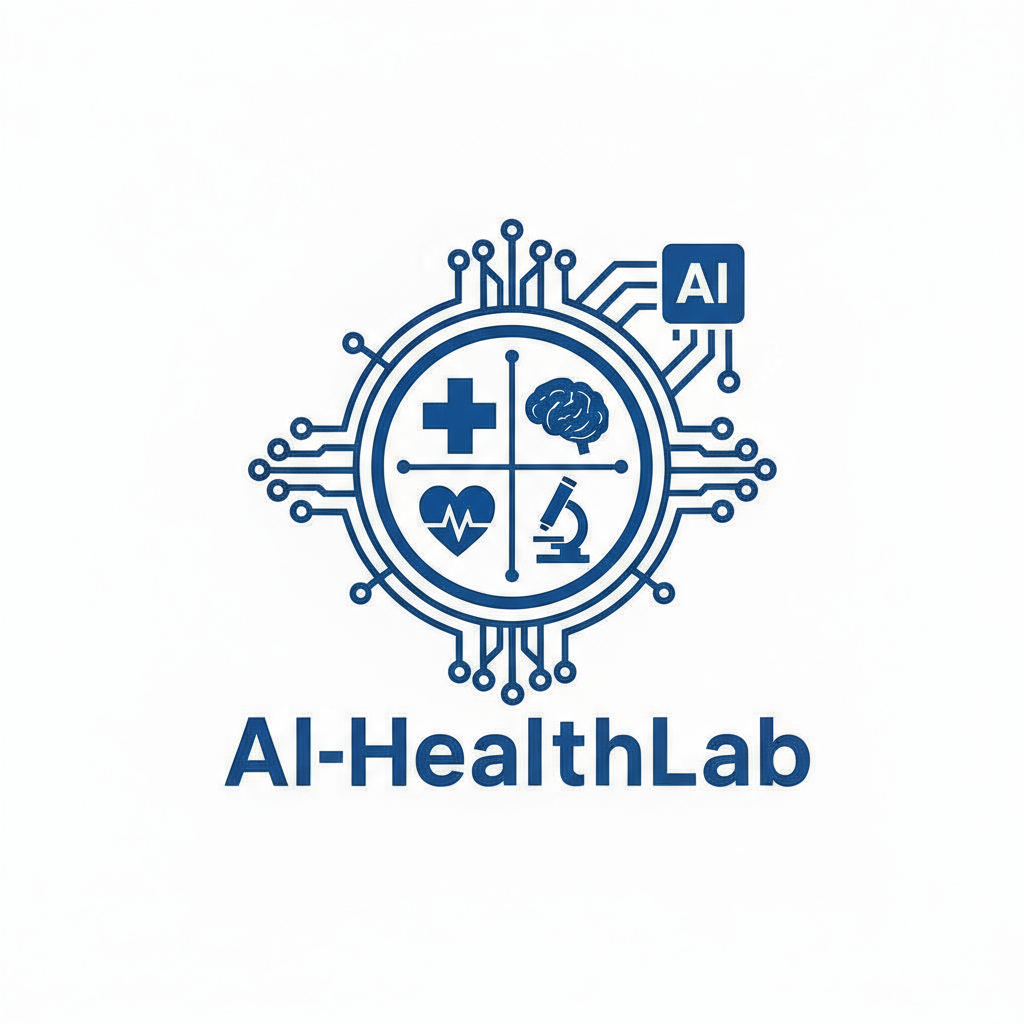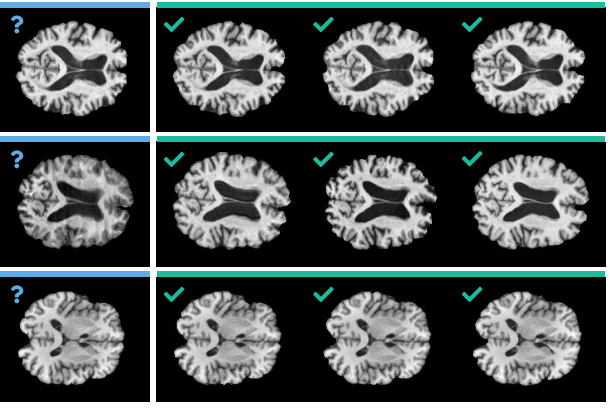DeepBrainPrint is a contrastive deep learning framework for re-identification of subjects through brain MRIs, accepted at the Medical Imaging with Deep Learning (MIDL) 2023 conference. Within the landscape of brain fingerprinting, DeepBrainPrint represents the first semi-auto-supervised approach, capable of extracting a “digital fingerprint” from brain morphology, enabling the effective retrieval of all scans related to the same subject from large medical imaging datasets.
Motivations & Objectives
- Enable automatic patient re-identification (“brain re-identification”) within increasingly large brain MRI databases, simplifying longitudinal management of clinical acquisitions.
- Improve identification robustness, overcoming the limitations of previous methods when facing changes due to aging, disease progression, differences in scanner and acquisition sequence.
- Lay the groundwork for new systems of morphological retrieval, also useful for finding similar patients in clinical and comparative research settings.
Methods
- Semi-auto-supervised contrastive pipeline, combining self-supervised and weak supervision learning to create robust numerical (fingerprint) representations of brain morphology.
- Main innovations:
- Adaptive loss function to better guide model convergence.
- New image transformations to boost robustness against intensity differences (contrasts), aging, and pathology.
- Extensive tests on T1-weighted MRI (ADNI) and synthetic multimodal datasets.
Results & Application
- DeepBrainPrint outperforms cutting-edge deep metric learning techniques (InfoNCE, SoftTriple, SimCLR, BarlowTwins) in accuracy, computational efficiency, and ability to generalize to different subjects.
- The model is suitable not only for re-identification but also for automatic search of scans with similar morphological features (e.g., shape, lesions, atrophies), which can be useful even between different patients.
- Scalable solution, ready for adoption in large biobanks and healthcare networks.
Related Scientific Articles
-
DeepBrainPrint: A Novel Contrastive Framework for Brain MRI Re-Identification
arXiv preprint arXiv:2302.13057 (2023) –
MIDL Proceedings
Authors: Lemuel Puglisi, Frederik Barkhof, Daniel C. Alexander, Geoffrey JM Parker, Arman Eshaghi, Daniele Ravì
Team & Authors
- Lemuel Puglisi (First author, methodology development)
- Daniele Ravì (Co-author, scientific supervision)
- Frederik Barkhof, Daniel C. Alexander, Geoffrey JM Parker, Arman Eshaghi (Co-authors, supervision, data support)

